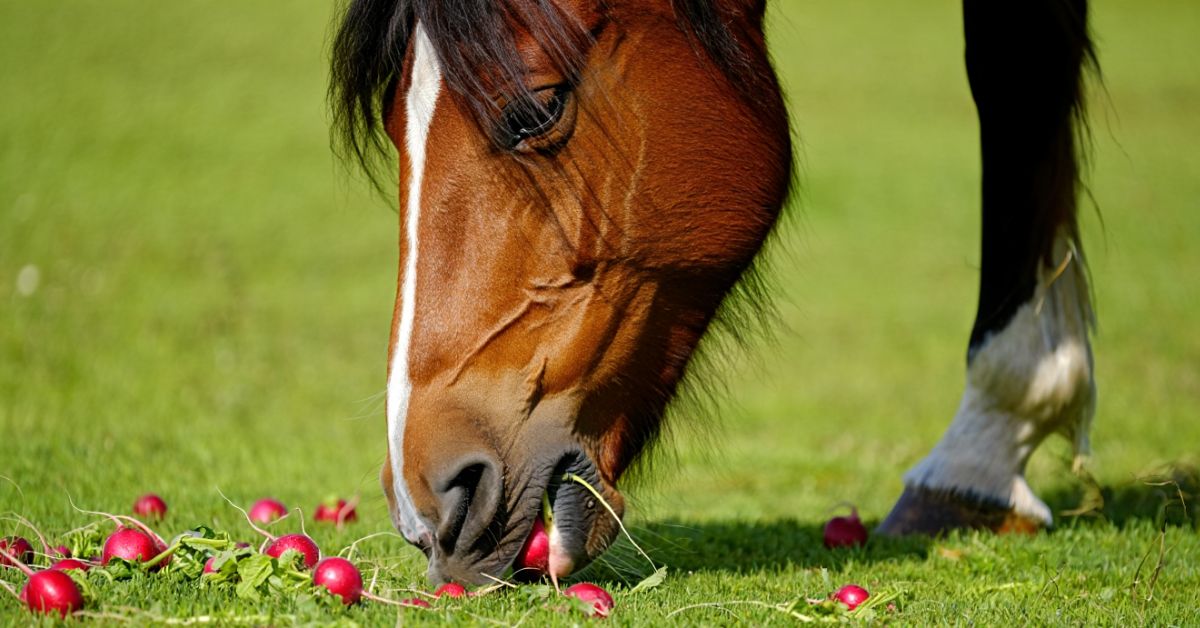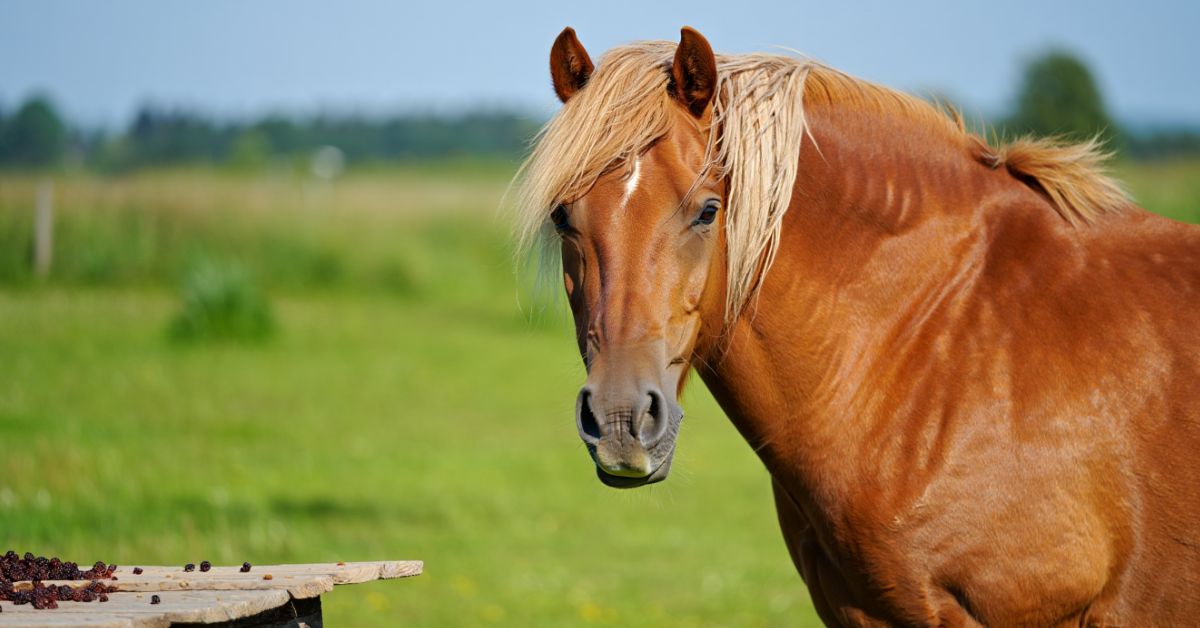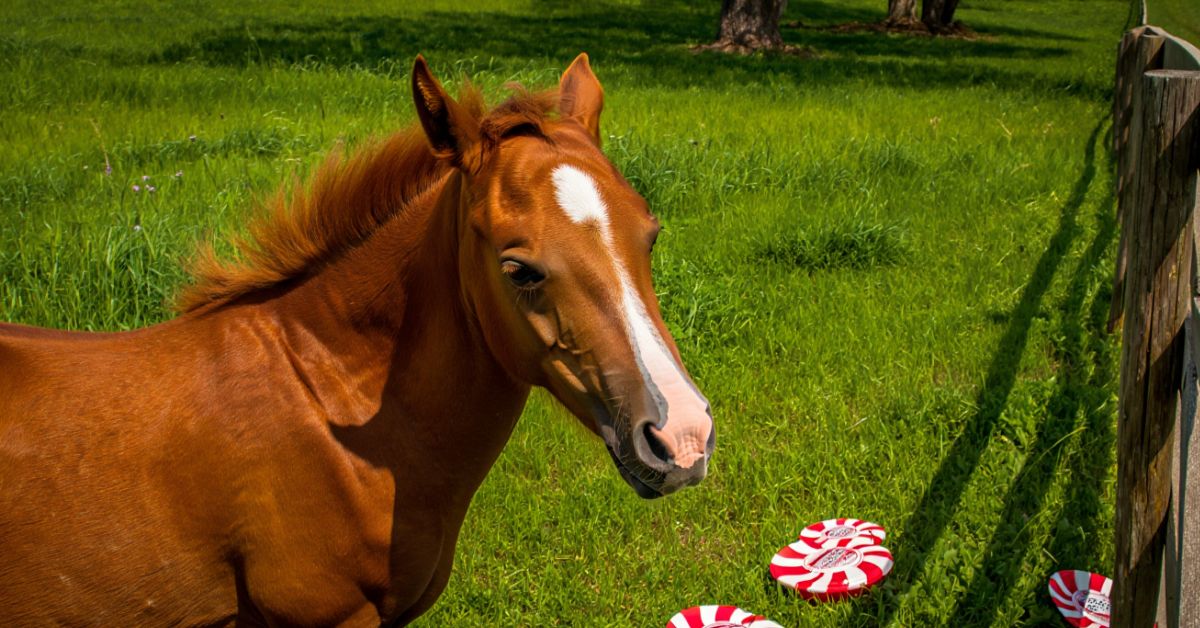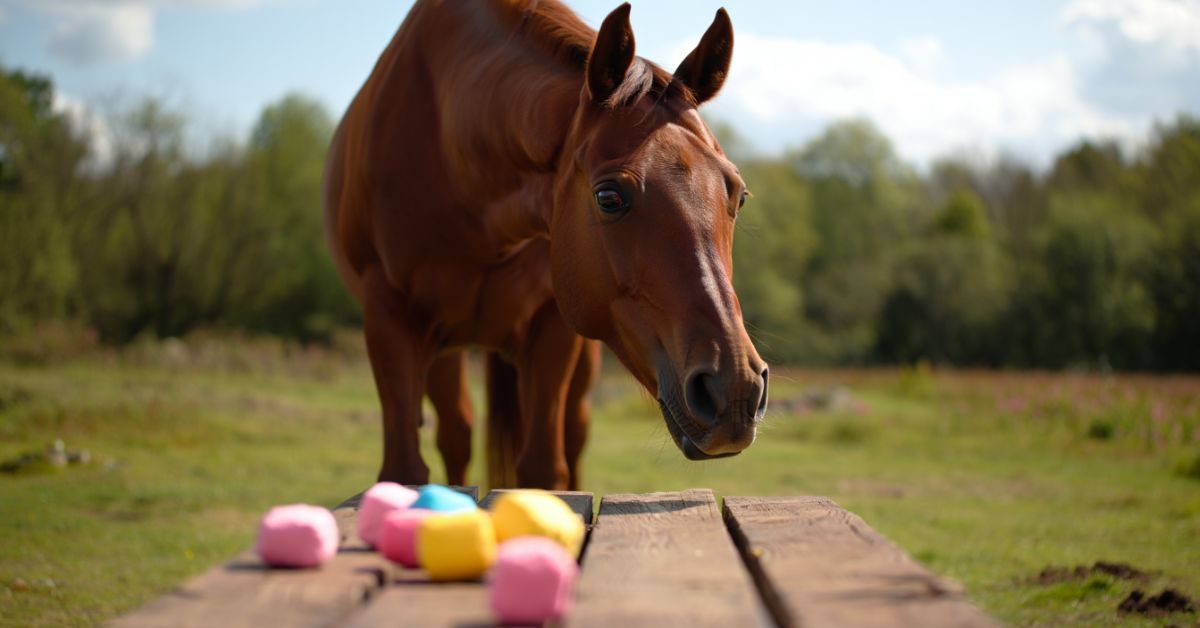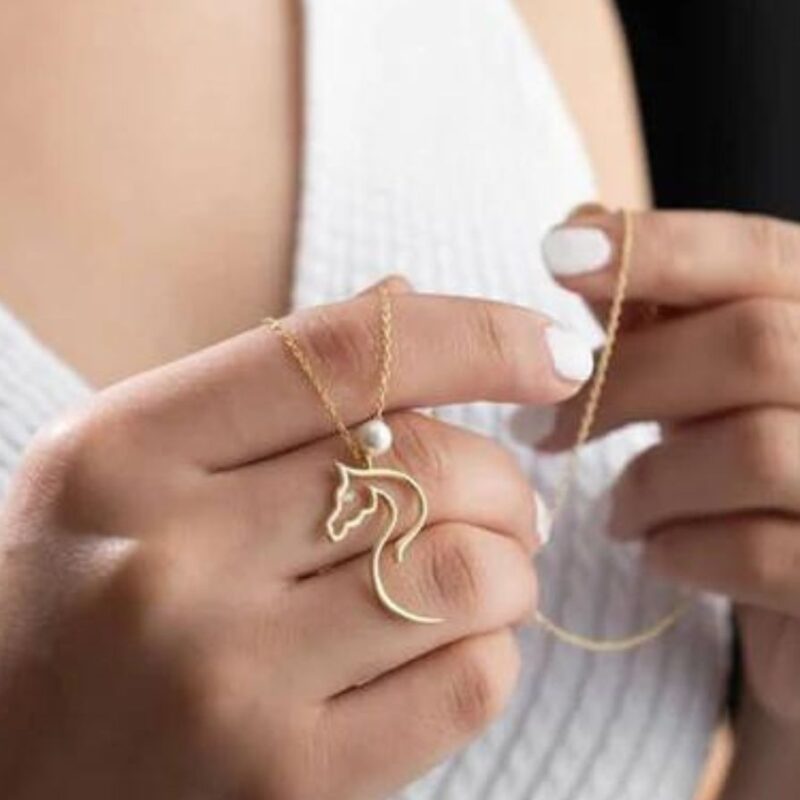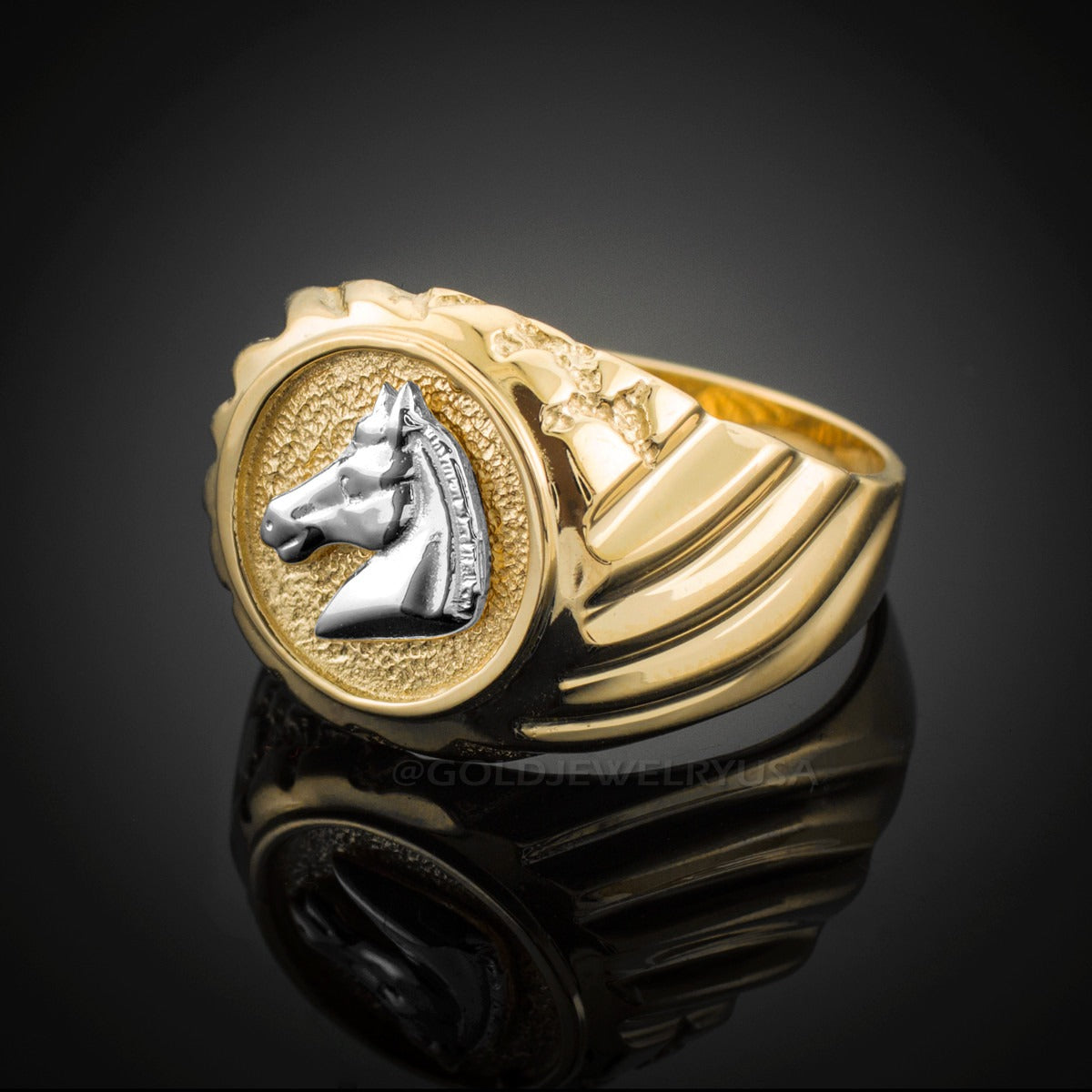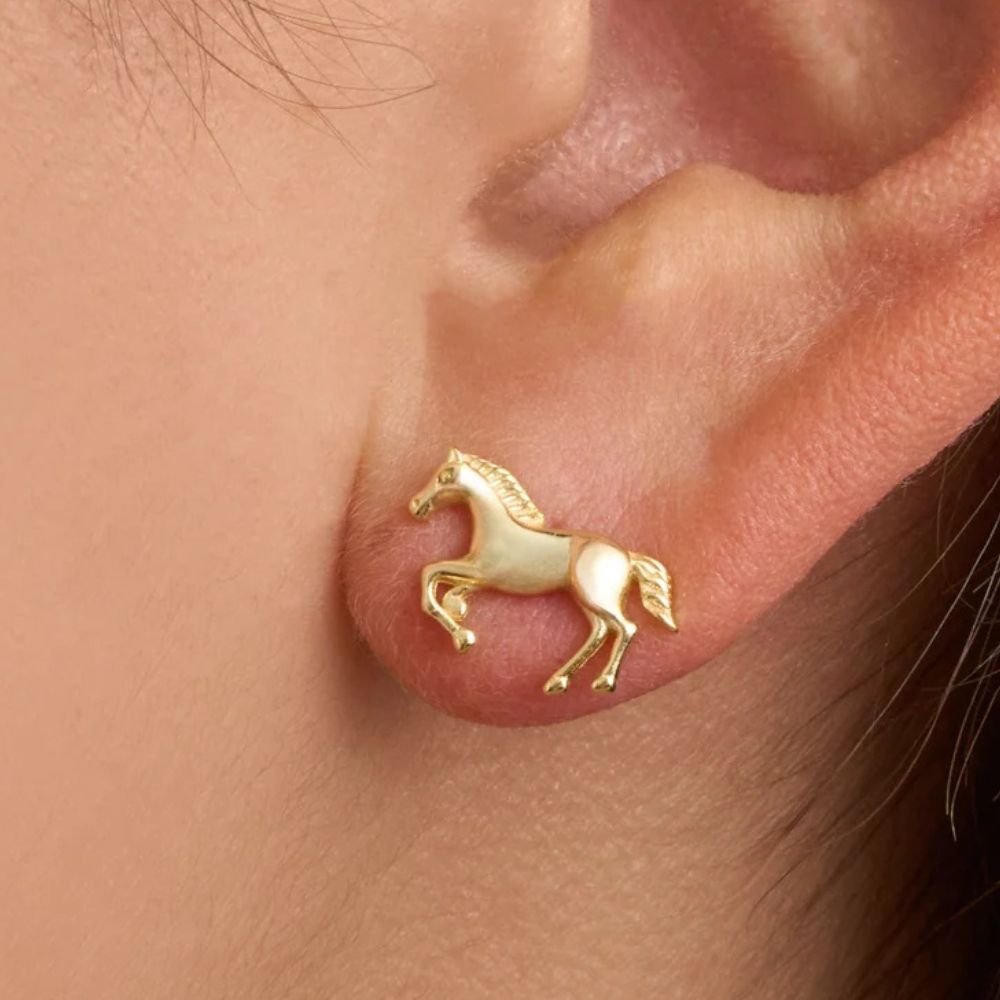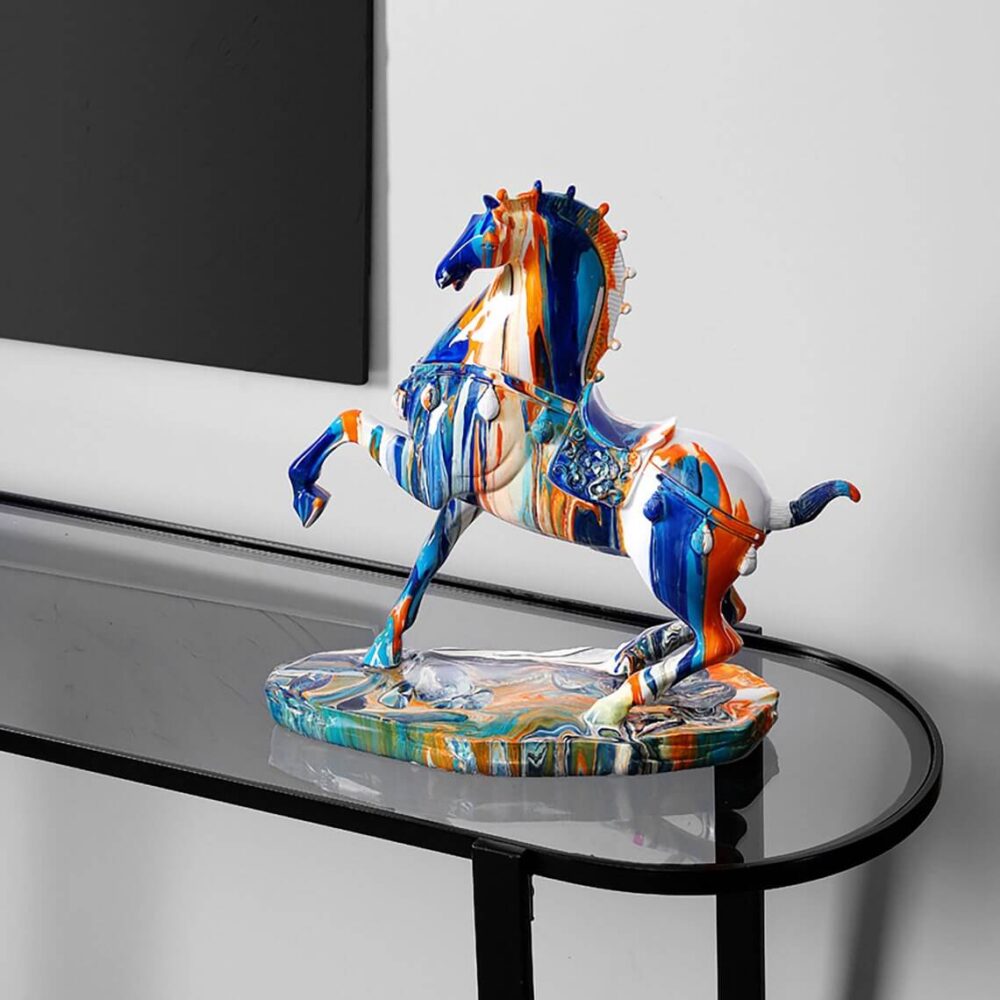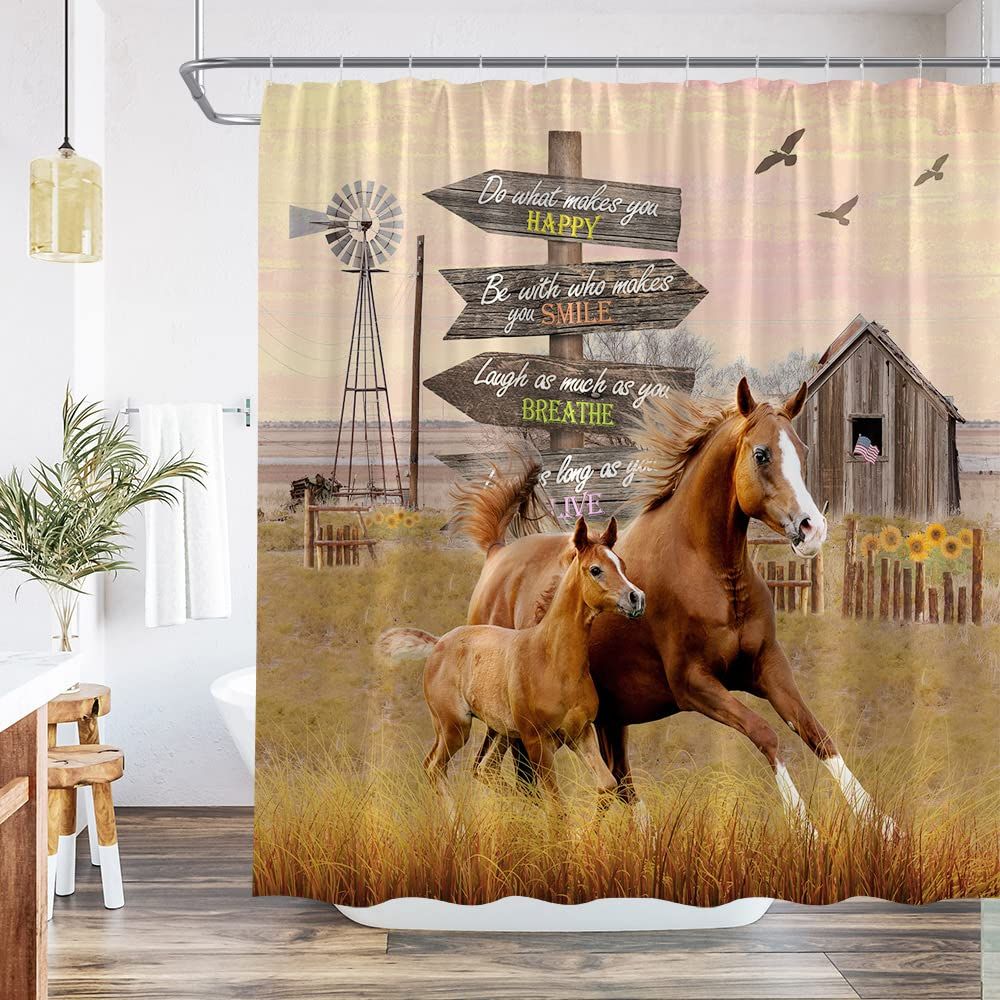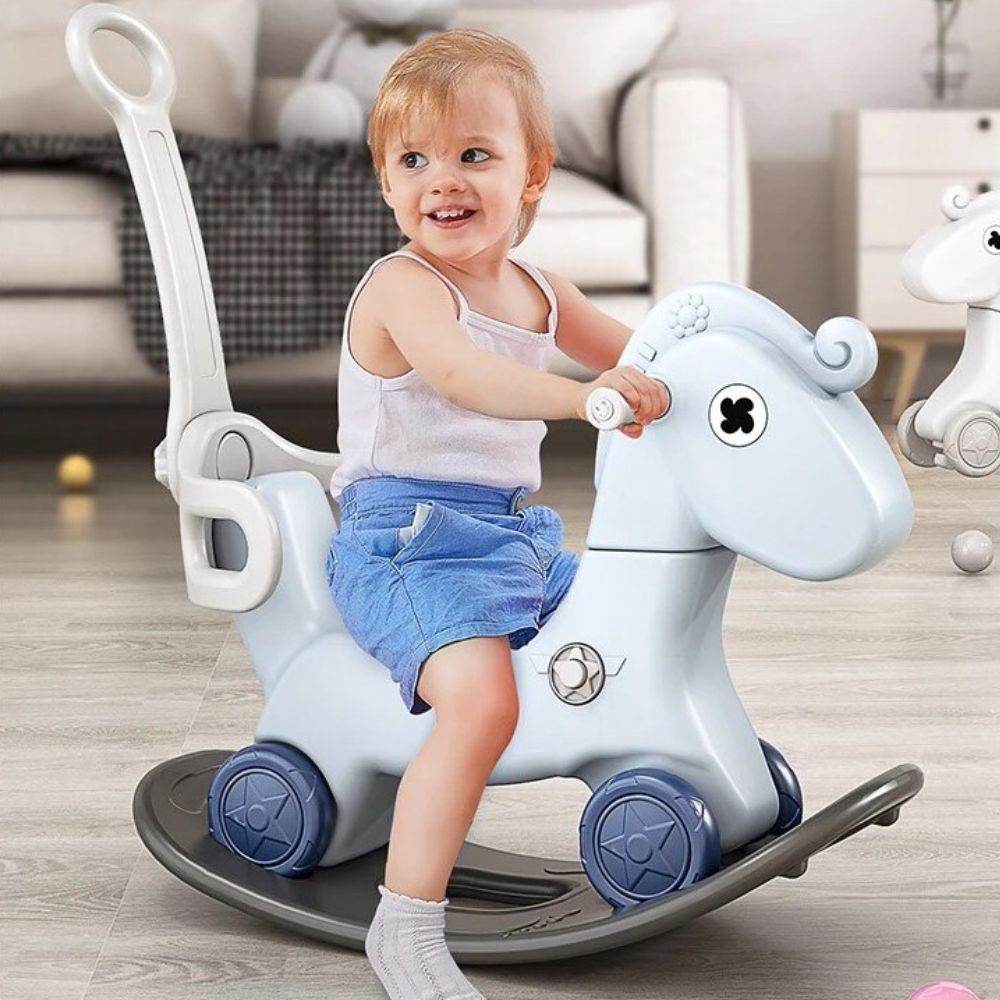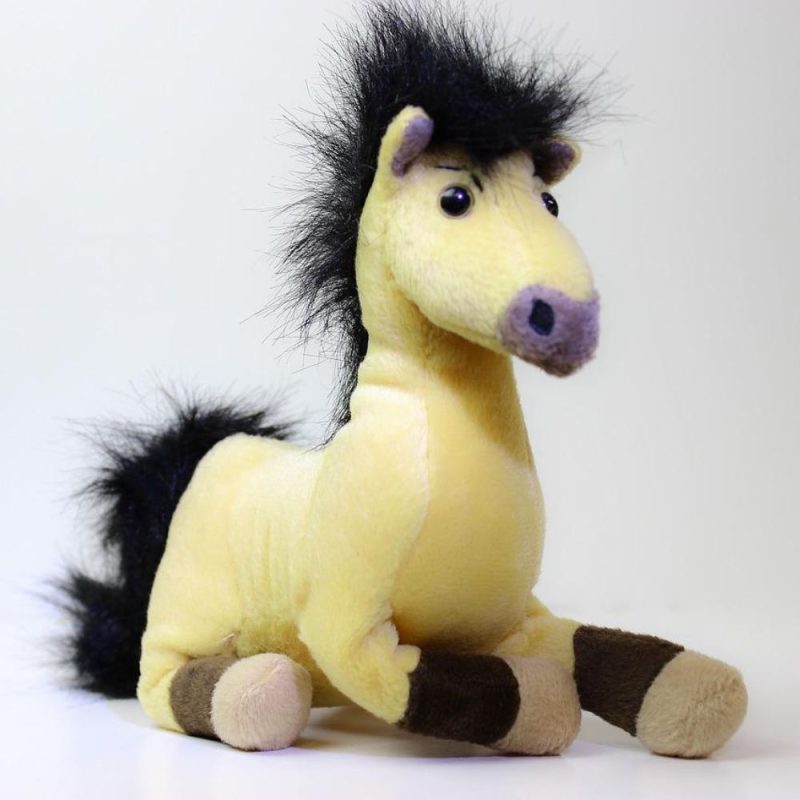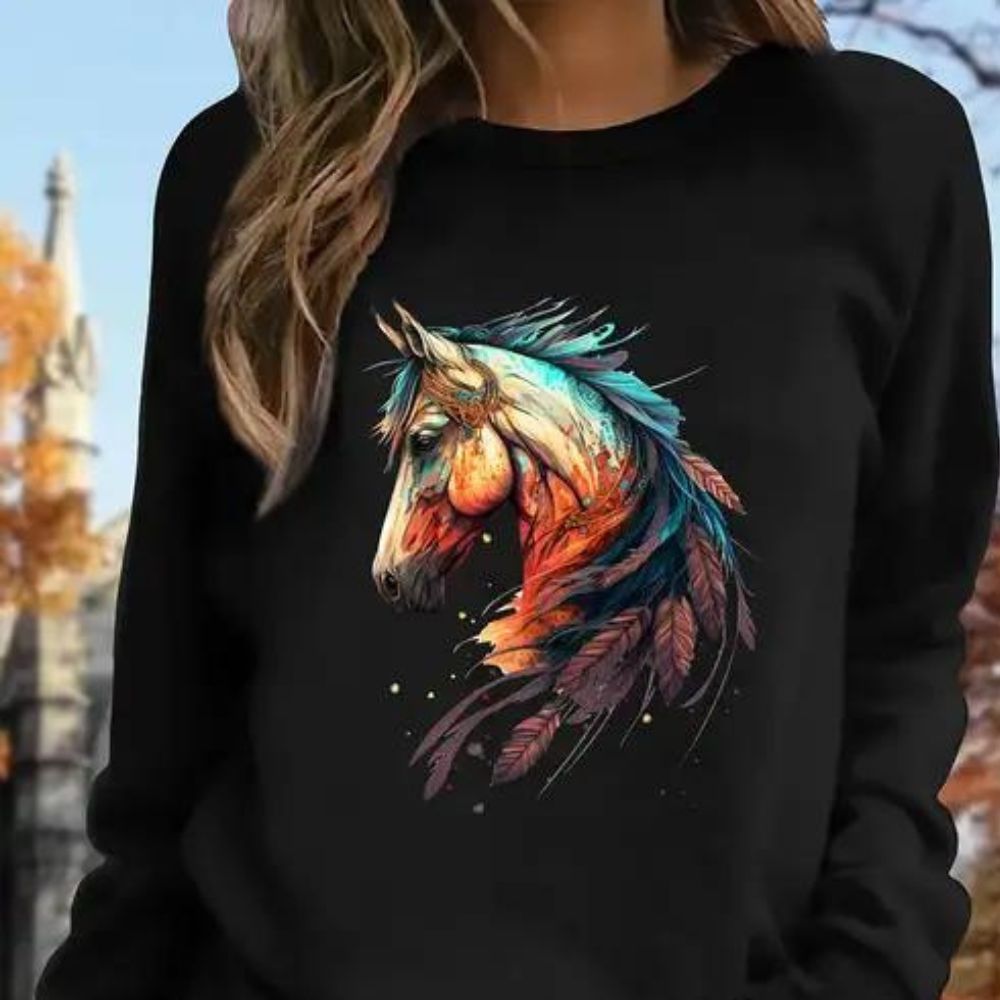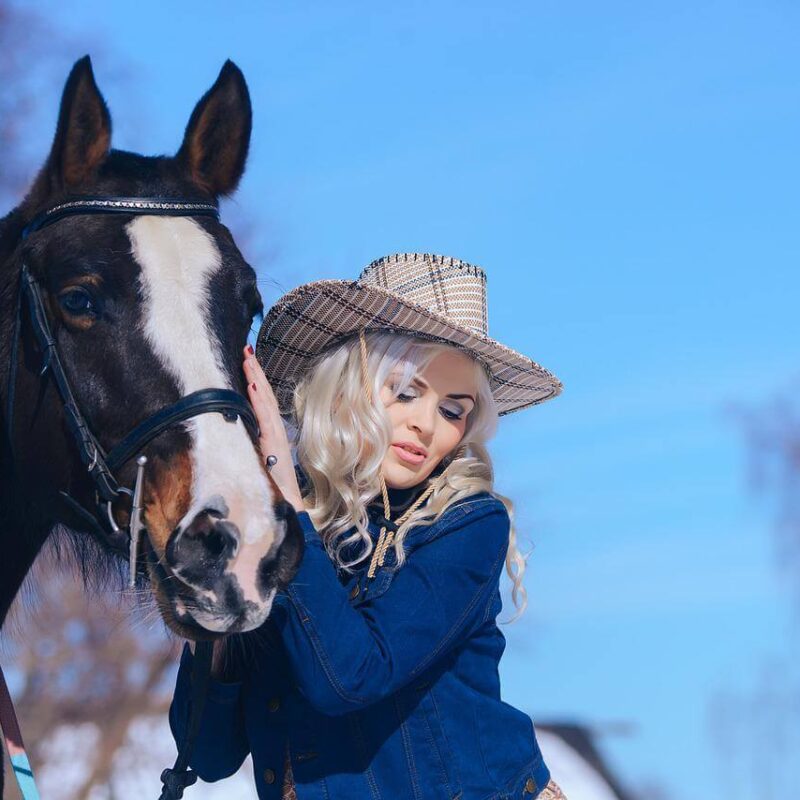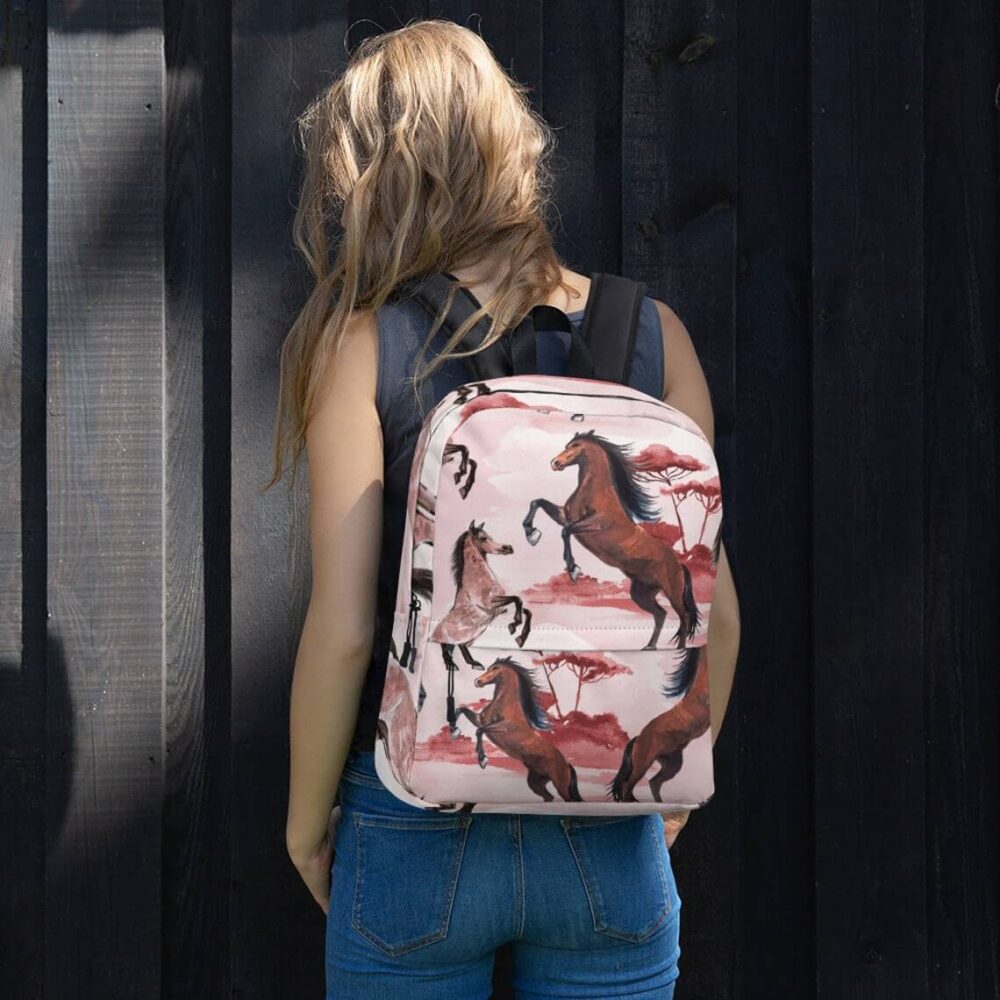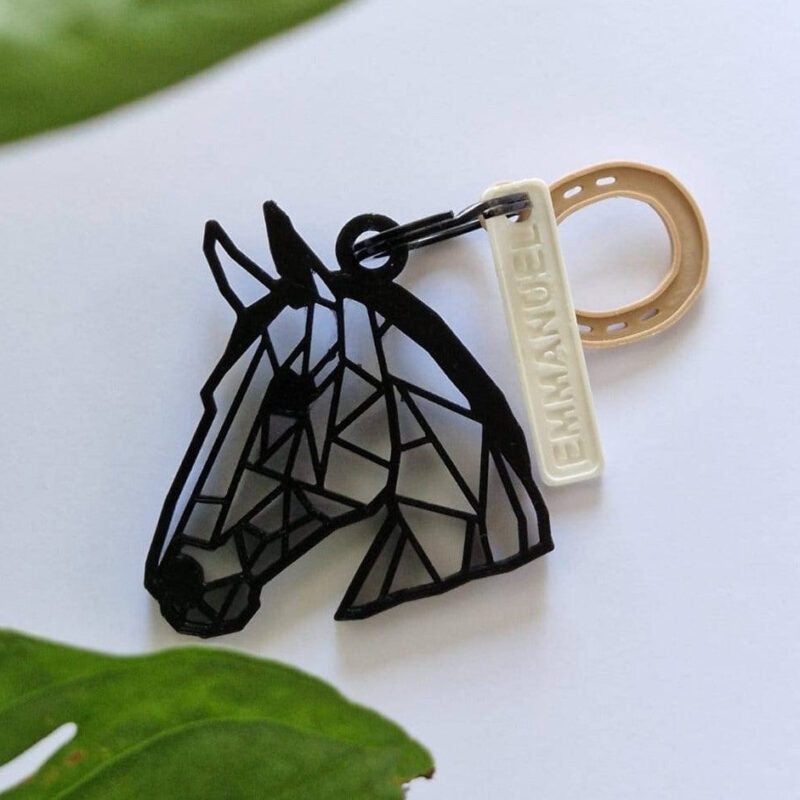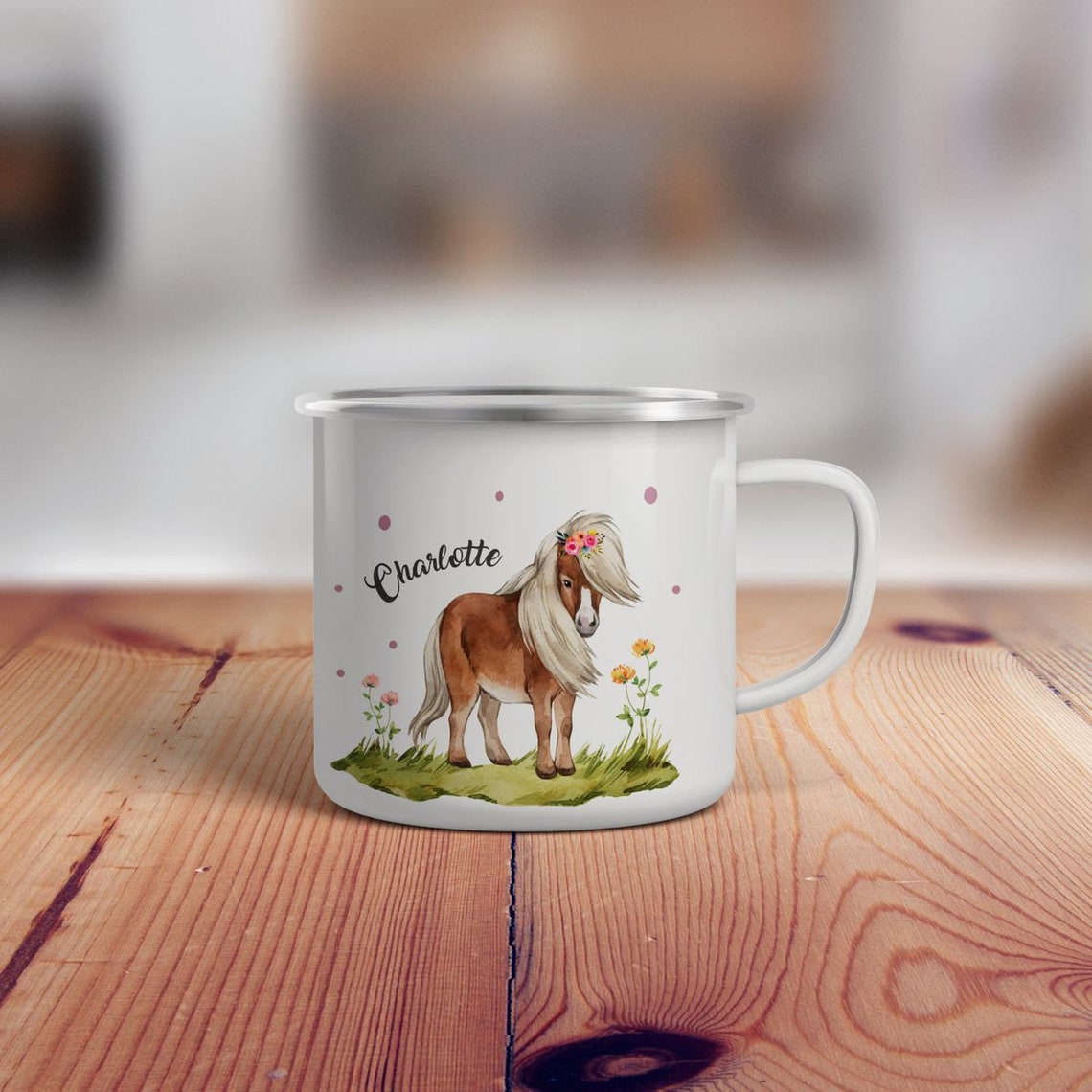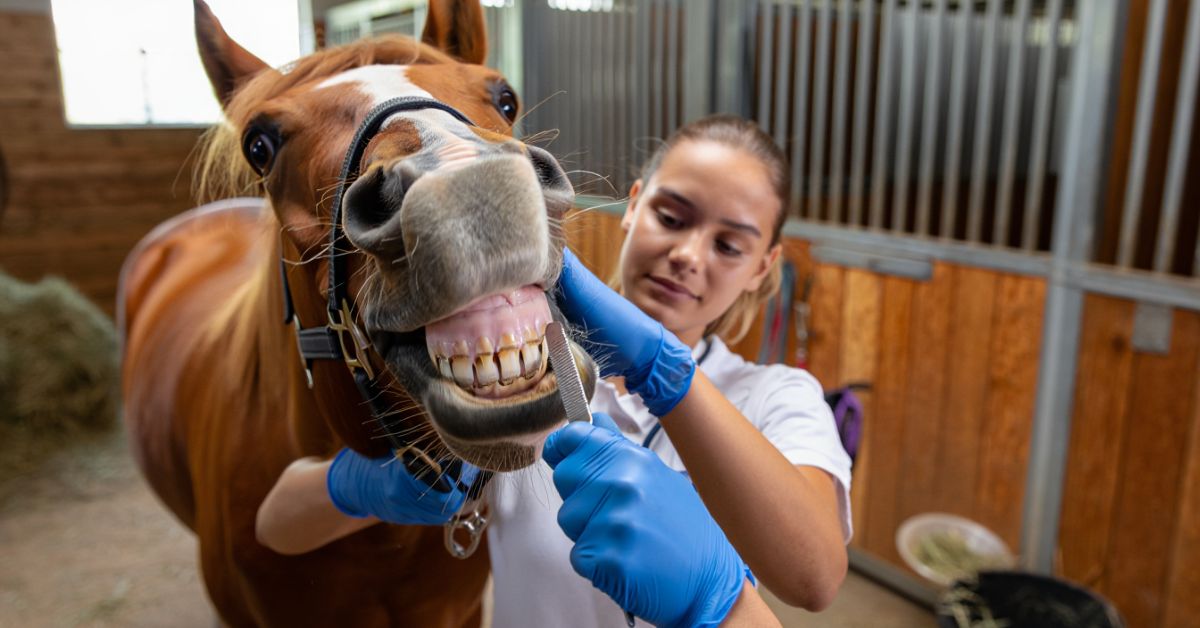
What is Floating Horse Teeth? The Complete Guide to Equine Dental Care Every Horse Lover Needs
Floating horse teeth is the process of filing down sharp edges and irregular surfaces on your horse's teeth to ensure proper dental alignment and comfortable chewing. If you've noticed your horse dropping food, resisting the bit, or losing weight unexpectedly, it's probably time for this essential veterinary dental procedure. Just like we visit the dentist regularly, our equine companions need routine dental maintenance for horses to stay healthy and happy. Equine dental care isn't just about preventing problems—it's about ensuring your horse can eat comfortably, perform at their best, and live a quality life. This procedure, also known as equine odontoplasty or dental equilibration, addresses the natural consequences of how horses' teeth grow and wear throughout their lives.
As a horse lover who treasures every moment with your four-legged friend, understanding what is floating horse teeth empowers you to provide better care. Whether you're new to horse ownership or a seasoned equestrian, this guide will walk you through everything you need to know about this crucial aspect of equine dental health.
Understanding Horse Teeth Anatomy and Why Floating is Necessary
The Unique Structure of Hypsodont Teeth
Horses possess what veterinarians call hypsodont teeth—a fancy term meaning their teeth continue growing throughout their entire lives. Pretty remarkable, right? 😊 Unlike our teeth that stop growing after childhood, your horse's teeth erupt continuously at a rate of about 2-3 millimeters per year to compensate for the natural wear from grinding tough forage.
Here's where things get interesting: the anatomy of horse teeth reveals that horses have up to 44 teeth, including incisors at the front for cutting grass and large molars in the back for grinding. These grinding surfaces need to meet perfectly to process food efficiently. However, the upper jaw of a horse is naturally wider than the lower jaw—about 30% wider, to be exact. This anatomical quirk means that teeth don't wear evenly.
Why Sharp Points and Hooks Develop
Because of this uneven jaw width, sharp points on horse teeth develop along the outside edges of the upper molars and the inside edges of the lower molars. Think of it like wearing down a pencil at an angle—you get a sharp edge instead of a flat surface. These points can become razor-sharp, cutting into your horse's cheeks and tongue, causing significant oral discomfort in horses.
Additionally, hooks and ramps can form on the front and back of the tooth rows. These irregular surfaces interfere with proper jaw movement and make chewing difficult. Without intervention through horse teeth filing, these dental issues progressively worsen, leading to serious health and behavioral problems.
Studies from the American Association of Equine Practitioners, conducted throughout 2023 and 2024, show that approximately 90% of horses over five years old have some degree of dental abnormalities requiring professional attention. That's why preventative dental care for horses has become a cornerstone of responsible horse ownership.
What is a Dental Float? The Procedure Explained Step-by-Step
Defining the Term "Float"
So, what is a dental float exactly? The term "float" comes from the specialized file-like tool used to smooth horse teeth. These instruments, called dental floats, have been used since the early 1800s, though they've evolved significantly over the decades. Today's dental instruments for horses range from traditional hand files to modern motorized equipment.
Floating horse teeth is essentially the process of using these specialized rasps or files to remove sharp enamel points, balance the chewing surfaces, and create proper dental alignment. It's like giving your horse's teeth a professional manicure—smoothing rough edges and restoring proper function.
The Floating Procedure: What Actually Happens
When you schedule a floating procedure explained session with your equine dental specialist, here's what you can expect:
First, the veterinarian or certified equine dentist performs a thorough horse dental examination. They'll use a speculum (a device that safely holds the mouth open) and often a headlamp to see deep into your horse's mouth. This examination reveals any malocclusions in horses, such as wave mouth in horses or step mouth in horses, which are irregular wear patterns requiring specific attention.
Most horses receive dental sedation for horses to ensure their safety and comfort during the procedure. According to research published in 2024 by the Equine Veterinary Journal, sedation reduces stress for both horse and practitioner while allowing for more thorough work. Your veterinarian will explain the sedation process and monitor your horse carefully throughout.
The actual filing involves systematically working through each tooth, removing sharp edges and balancing the occlusal (chewing) surfaces. The specialist may also perform bit seating—creating a slight rounded edge on the first premolars where the bit rests, preventing discomfort when your horse is ridden.
Manual vs. Power Floating: Which is Better?
The debate between manual vs. power floating has been ongoing in the equine community for years. Manual floats give the practitioner excellent tactile feedback and precise control, working more slowly and methodically. Power floats, introduced in the 1990s, use motorized heads with diamond or carbide burrs to work more quickly and efficiently.
According to Dr. Jack Easley, a renowned equine dentist quoted in Equus Magazine (2023): "Both methods can produce excellent results in skilled hands. The key isn't the tool—it's the knowledge and experience of the person using it."
Most modern practitioners use a combination approach, employing power tools for major corrections and hand floats for finishing touches. What matters most is finding a qualified professional who prioritizes your horse's comfort and equine dental health.
Signs Your Horse Needs Floating: When to Call the Dentist
Recognizing the Warning Signs
Signs a horse needs floating aren't always obvious, especially in the early stages. However, being observant can help you catch dental problems in older horses and younger ones before they become serious. Here's what to watch for:
Eating and Chewing Problems
One of the most common indicators is quidding (dropping food)—when your horse drops partially chewed balls of hay or grass while eating. This happens because chewing problems in horses make it difficult or painful to process food completely. You might notice:
-
Whole grain kernels in manure (indicating incomplete chewing)
-
Taking longer than usual to finish meals
-
Tilting the head while eating
-
Excess salivation or food packed in cheeks
-
Weight loss and dental issues going hand-in-hand, even with adequate feed
Behavioral Changes and Bit Resistance
Your horse's behavior under saddle often reflects oral health. Behavioral problems (bit resistance) frequently stem from dental pain. Watch for:
-
Head tossing or fighting the bit
-
Difficulty with transitions or lateral work
-
Opening mouth excessively when bridled
-
Uncharacteristic irritability during riding
-
Reluctance to accept contact
A 2024 study from the University of Edinburgh found that 65% of horses showing unexplained resistance to the bit had significant dental abnormalities that resolved after proper routine dental maintenance for horses.
Physical Symptoms
Sometimes the signs are more direct. Bad breath, facial swelling, nasal discharge, or teeth grinding in horses (beyond normal chewing sounds) all warrant immediate attention. You might also notice your horse holding their head at an odd angle or showing sensitivity around the mouth area.
"A horse who suddenly becomes difficult isn't being naughty—they're often in pain," explains renowned equine behaviorist Dr. Sue McDonnell in her 2023 research on pain-related behavioral changes.
The Importance of Regular Check-ups
Even without obvious symptoms, regular dental examinations are crucial. The American Association of Equine Practitioners recommends annual dental check-ups for most adult horses. But how often to float horse teeth depends on several factors:
-
Young horses (2-5 years): Every 6 months due to rapid tooth changes
-
Adult horses (6-15 years): Annually for most
-
Senior horses (16+ years): Every 6-12 months as uneven wear of horse teeth accelerates
-
Performance horses: Every 6 months due to bit wear demands
Think of it like this: you wouldn't wait until you had a toothache to see your dentist, right? The same preventative approach applies to caring for a horse's mouth.
Common Dental Issues Addressed Through Floating
Malocclusions and Wear Patterns
Malocclusions in horses refer to any misalignment or abnormal contact between upper and lower teeth. These create several distinct problems that dental equilibration addresses:
Wave Mouth in Horses
Wave mouth in horses occurs when the molars develop an undulating pattern—high points alternating with low points, resembling ocean waves. This prevents proper grinding and leads to inefficient food processing. Imagine trying to chew with a mouth full of hills and valleys! This condition typically develops gradually and requires skilled corrective floating over multiple sessions.
Step Mouth in Horses
Step mouth in horses happens when one or more teeth become significantly longer than their neighbors, creating a step-like appearance. This can result from a missing opposing tooth (from injury or extraction) or abnormal eruption patterns. The longer tooth interferes with normal jaw movement, and the equine dental specialist must carefully reduce its height while avoiding damage to the sensitive pulp inside.
Sharp Enamel Points and Hooks
Horse molar points are perhaps the most common issue addressed during floating. These sharp edges form naturally due to the jaw width differential we discussed earlier. Left untreated, they cause:
-
Painful ulcers on cheeks and tongue
-
Reluctance to chew properly
-
Food packing between teeth and cheeks
-
Increased risk of infection
Hooks and ramps, meanwhile, develop at the first and last molars, restricting the jaw's front-to-back sliding motion essential for grinding. Your horse needs this full range of motion to break down fibrous forage effectively. Professional horse teeth filing removes these obstructions, restoring natural jaw movement.
Preventative Care Benefits
Regular dental prophylaxis for horses offers benefits extending far beyond just comfortable eating:
🐴 Improved nutrition absorption and weight maintenance
🐴 Better performance and responsiveness under saddle
🐴 Reduced risk of choke and colic
🐴 Prevention of painful oral infections
🐴 Extended usable life of your horse
🐴 Lower long-term veterinary costs
Research from Colorado State University's Equine Sciences Program (2023) demonstrated that horses receiving consistent dental care throughout their lives showed 40% fewer digestive issues and maintained better body condition scores compared to horses with sporadic or no dental maintenance.
The Cost and Commitment: Investing in Your Horse's Dental Health
Understanding Floating Costs
Let's talk numbers because budget matters when you're caring for your equine partner. The cost of floating horse teeth varies considerably based on your location, the practitioner's qualifications, and your horse's specific needs. As of 2024-2025, you can expect:
Standard Routine Floating:
-
Basic examination and floating: $150-$300
-
With sedation (typically required): add $50-$150
-
Emergency or after-hours calls: $300-$600
Specialized Procedures:
-
Correcting significant malocclusions: $300-$800+ over multiple visits
-
Performance horse optimization: $250-$500
-
Senior horse care with extractions: $400-$1,000+
Some practitioners charge flat rates while others bill hourly. Veterinarians typically charge more than lay equine dentists, but they can also perform more complex procedures and prescribe medications. The importance of horse dentistry justifies this investment—it's preventative medicine that saves money long-term by avoiding expensive complications.
Consider this calculation: Annual floating at $250 versus treating a choke episode ($500-$2,000), managing chronic weight loss requiring senior feeds and supplements ($100+ monthly), or dealing with behavioral issues that reduce your horse's usability (priceless). The math clearly favors preventative care!
Finding the Right Professional
Your horse deserves someone skilled in equine dental care. Look for:
Credentials and Experience:
-
Licensed veterinarians with dental training
-
Certified equine dentists through recognized organizations
-
Practitioners who continue education regularly
-
Positive references from other horse owners
Approach and Philosophy:
-
Uses appropriate sedation for safety and comfort
-
Takes time for thorough examination
-
Explains findings clearly and shows you issues when possible
-
Recommends appropriate follow-up schedules
-
Respects you as part of your horse's care team
Don't be shy about asking questions! A qualified professional welcomes informed clients and enjoys educating horse owners about dental instruments for horses, techniques used, and findings discovered during examination.
Making It Part of Your Routine
Integrating routine dental maintenance for horses into your annual care schedule ensures nothing gets overlooked. Many horse owners coordinate dental appointments with spring vaccinations or fall wellness checks. Mark your calendar, set reminders, and treat dental care as non-negotiable as farrier visits.
Creating a dental care log helps track your horse's history. Note dates of floating, specific issues addressed, changes in eating or behavior, and recommendations for future care. This documentation proves invaluable, especially if you work with multiple practitioners or if you sell or lease your horse.
Express Your Dedication: Celebrating the Horse-Human Bond 💕
Your Commitment Makes the Difference
Caring for a horse's mouth represents just one aspect of the deep commitment horse lovers make to their equine partners. Every time you schedule that dental appointment, notice subtle changes in behavior, or invest in your horse's health, you're expressing your love and dedication. At Dream Horse, we understand this bond runs deeper than words can capture.
Your commitment to understanding what is floating horse teeth shows you're the kind of horse owner who goes beyond basics. You're someone who researches, asks questions, and prioritizes your horse's wellbeing. That's something to celebrate! 🎉
Showcase Your Passion
Express your style with our carefully curated equestrian jewelry—necklaces and bracelets that let you carry your passion wherever you go. These aren't just accessories; they're conversations starters that connect you with fellow horse enthusiasts who share your values. When someone asks about that beautiful horse pendant, you're sharing your lifestyle, your commitment, and your love for these incredible animals.
Assert your individuality through authentic pieces that resonate with your equestrian heart. You're not just a horse owner—you're part of a community that values knowledge, compassion, and excellence in animal care. Let your surroundings reflect that commitment.
The Dream Horse Difference
At Dream Horse, we're horse lovers serving horse lovers. We understand that preventative dental care for horses and investing in quality equestrian products both stem from the same place: genuine love and respect for these animals. Our commitment to exceptional customer service mirrors the care you provide your horse—attentive, knowledgeable, and always exceeding expectations.
Explore our practical accessories collection for essential equipment that makes daily horse care easier and more enjoyable. Every product we offer undergoes careful selection to ensure it meets the high standards you expect.
Frequently Asked Questions on Floating Horse Teeth
How often should I have my horse's teeth floated?
Most adult horses benefit from annual floating, but how often to float horse teeth truly depends on individual factors. Young horses (2-5 years) experiencing rapid dental changes need examination every 6 months. Performance horses wearing bits regularly also benefit from biannual care. Senior horses over 16 may require more frequent attention as dental problems in older horses tend to accelerate. Your equine dental specialist will recommend a schedule based on your horse's specific wear patterns, diet, and lifestyle.
Can I tell if my horse needs floating just by looking?
While visual inspection helps, many signs a horse needs floating are behavioral rather than visible. Quidding (dropping food), bit resistance, unexplained weight loss and dental issues, and changes in chewing patterns all indicate dental problems. However, sharp points on horse teeth and developing hooks and ramps hide deep in the mouth where you can't easily see them. That's why regular professional horse dental examination remains essential even when your horse seems fine.
Is floating painful for my horse?
With appropriate dental sedation for horses, the procedure causes minimal discomfort. The teeth themselves don't have nerve endings in the enamel being filed, similar to trimming your fingernails. However, the mouth contains sensitive tissues that can be pinched or scraped without sedation, and many horses find standing still with their mouth held open stressful. Modern sedation protocols keep horses comfortable and calm throughout the floating procedure explained by your veterinarian, making it a low-stress experience.
What's the difference between a veterinarian and an equine dentist?
Licensed veterinarians complete extensive education including dental anatomy and can perform all veterinary dental procedure options, including nerve blocks, extractions, and advanced surgical interventions. They also prescribe medications and handle medical complications. Certified equine dentists (sometimes called equine dental technicians) specialize exclusively in dental care, often developing exceptional skills in manual vs. power floating techniques. Both can provide excellent routine dental maintenance for horses, but complex cases requiring anesthesia or extractions need veterinary involvement.
Can I float my horse's teeth myself?
Absolutely not recommended! Floating horse teeth requires extensive knowledge of the anatomy of horse teeth, proper technique, and experience recognizing abnormal conditions. Amateur attempts risk seriously injuring your horse's mouth, damaging teeth beyond repair, or missing dangerous conditions like fractured teeth or oral tumors. The importance of horse dentistry lies not just in filing teeth but in comprehensive oral health assessment. Professional care protects your investment and your horse's wellbeing.
What happens if I never get my horse's teeth floated?
Neglecting equine dental care leads to progressive problems affecting every aspect of your horse's life. Sharp points on horse teeth cause painful ulcers and infections. Malocclusions in horses worsen over time, leading to severe conditions like wave mouth in horses or step mouth in horses that require extensive correction. Your horse experiences chronic pain, difficulty eating, weight loss, behavioral issues, and reduced performance. Eventually, untreated dental disease can contribute to life-threatening conditions like choke or colic. The cost of floating horse teeth is minimal compared to emergency veterinary care or the suffering your horse endures without proper dental maintenance.
At what age should floating begin?
Most horses benefit from their first comprehensive horse dental examination around 2-3 years old, coinciding with the eruption of their first permanent teeth and often just before starting under saddle work. Early dental equilibration ensures young horses develop proper bite patterns and don't associate bit discomfort with early training. However, foals and yearlings should also receive dental checks to identify congenital abnormalities or retained baby teeth (caps) that interfere with permanent tooth eruption. Starting preventative dental care for horses early establishes a lifetime of good oral health.
Does my horse need special care after floating?
Most horses return to normal activities within hours after the sedation wears off. Some practitioners recommend feeding soft, moistened feed for the first meal after floating to let any minor gum irritation settle. Avoid hard treats or very stemmy hay for 24 hours. If bit seating was performed, your horse might initially be more sensitive to bit pressure, but this typically resolves within days as tissues adjust. Watch for any signs of excessive oral discomfort in horses—though rare with proper technique, excessive salivation, refusing to eat, or facial swelling warrant immediate follow-up with your practitioner.
Remember, understanding what is floating horse teeth is just the beginning of providing exceptional care for your equine partner. Regular equine dental health maintenance ensures your horse lives their best life—comfortable, healthy, and performing at their peak. Your dedication to learning about horse teeth filing, recognizing signs a horse needs floating, and committing to routine dental maintenance for horses exemplifies the kind of responsible, loving horse ownership that makes this community so special.
At Dream Horse, we celebrate your commitment to excellence in every aspect of horse care. Visit our collections today and discover how to express your passion through beautiful, meaningful pieces that honor the incredible bond you share with your horse. ✨🐴




